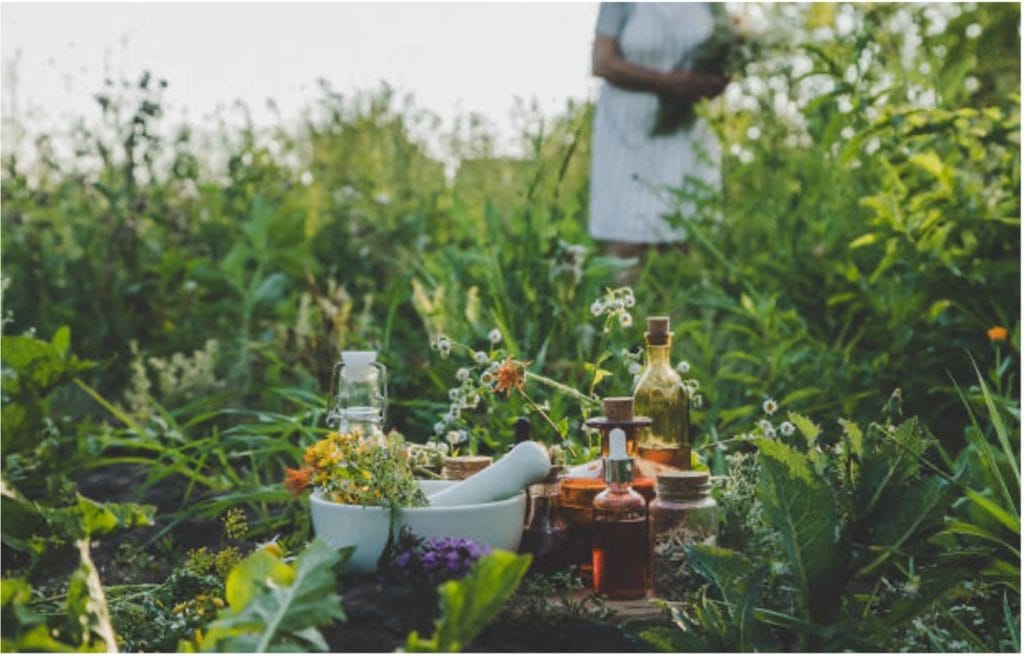Sayma Siddique Mitu – Art in Tanzania intern
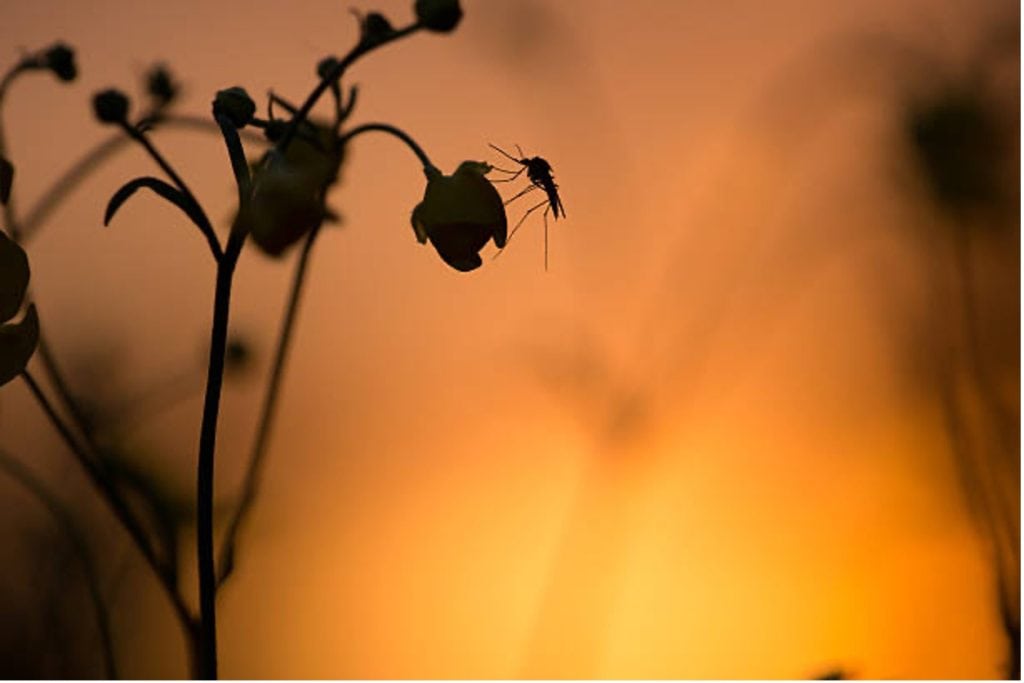
The softer sounds linger, floating on the whirrs of daily life, above the whizzing scream of a mosquito: Mama said so, crooked children in the middle of the night. Small, hidden and persistent, these flying carriers slipped through windows to air fear. In many parts of Africa, it is not a slight seasonal nuisance-it is a nightly torment.
For years, communities have fought mosquito-borne diseases like malaria, yellow fever, and dengue with synthetic repellents and aerosol sprays. But the insects, resisting through time, have also turned the poisons into legacies upon the soils and down the rivers, into the very bodies of other life.
Away from laboratories and on the other side of pharma shelves, a shield has quietly remained in the gardens behind kitchens and blooming forests beyond villages. Indigenous plants have been considered, for many centuries, both a remedy and a shield for African peoples, passed down from grandmother to daughter to granddaughter in the form of various salves, steam, and smoke.
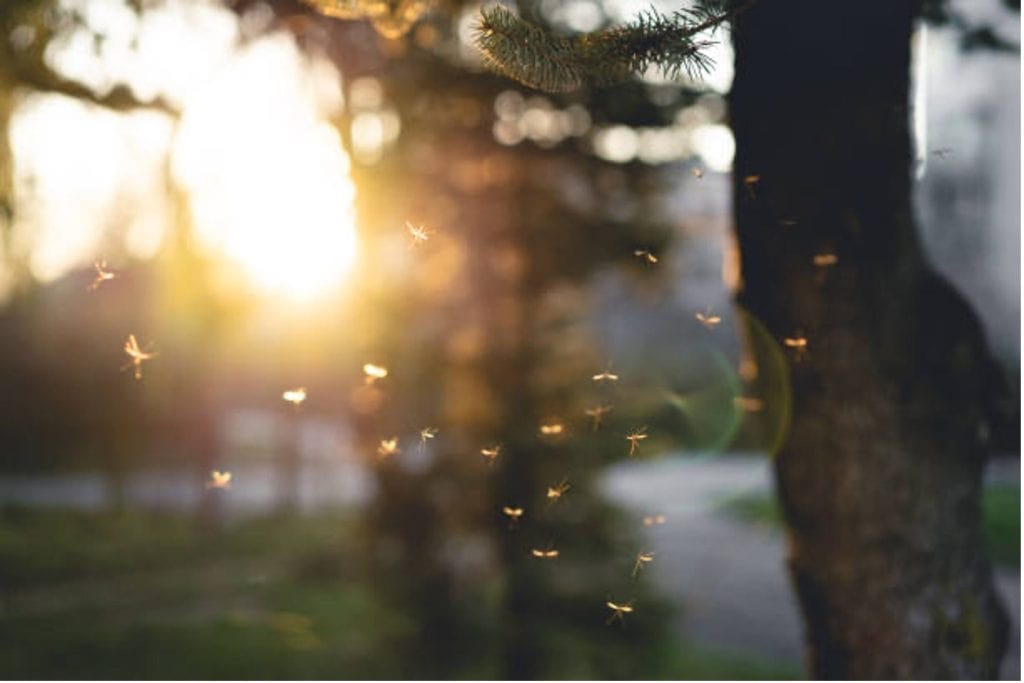
The African continent is a mosaic of knowledge concerning herbs. From coastlines to savannahs, deserts to jungles, plants have been employed for almost anything-from healing an injury to checking evil forces. Among the healing plants, some pour their energies toward protection rather than just soothing.
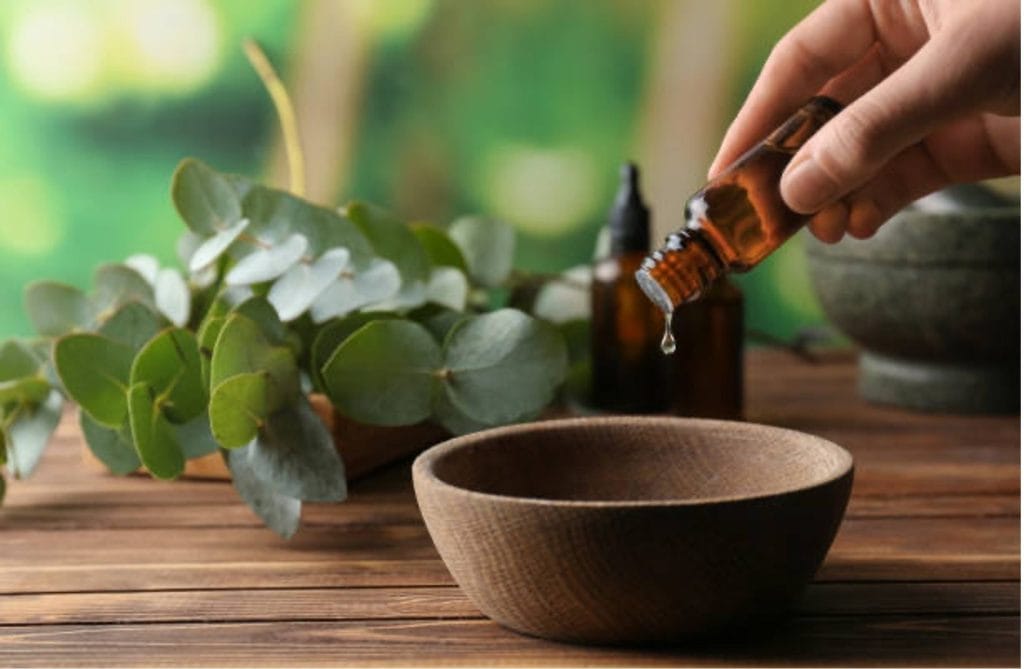
African basil, Ocimum gratissimum, with a very pungent smell, is usually grown around houses to repel insects and also in cooking. Some families go about burning the leaves at dusk as a way of wrapping the walls and beds with smoke as a protective cloak.
Neem, Azadirachta indica, Native to South Asia but well established in many African countries, is believed to cause mosquitoes to fail to breed by the use of its bitter leaves and oils; sometimes, water infused with Neem is poured into stagnant pools to prevent larval growth.
Eucalyptus, a fast-growing tree with silvery petals, yields oils that paralyse or kill mosquito larvae. Eucalyptus oils do this without harming aquatic life.
These plants never paraded their strength. They don’t carry brand labels or fine print warnings. Their power lies in the chemistry and the deep cultural memory of those who understand how to use them.
Tradition Meets Innovation
The use of extracts of medicinal plants for the control of mosquitoes has also been confirmed increasingly by scientific studies. In some research conducted in tropical regions, larvicidal plants had registered 70%-95% or more of mortality rates in mosquito larvae, according to the plant species and extract concentration.
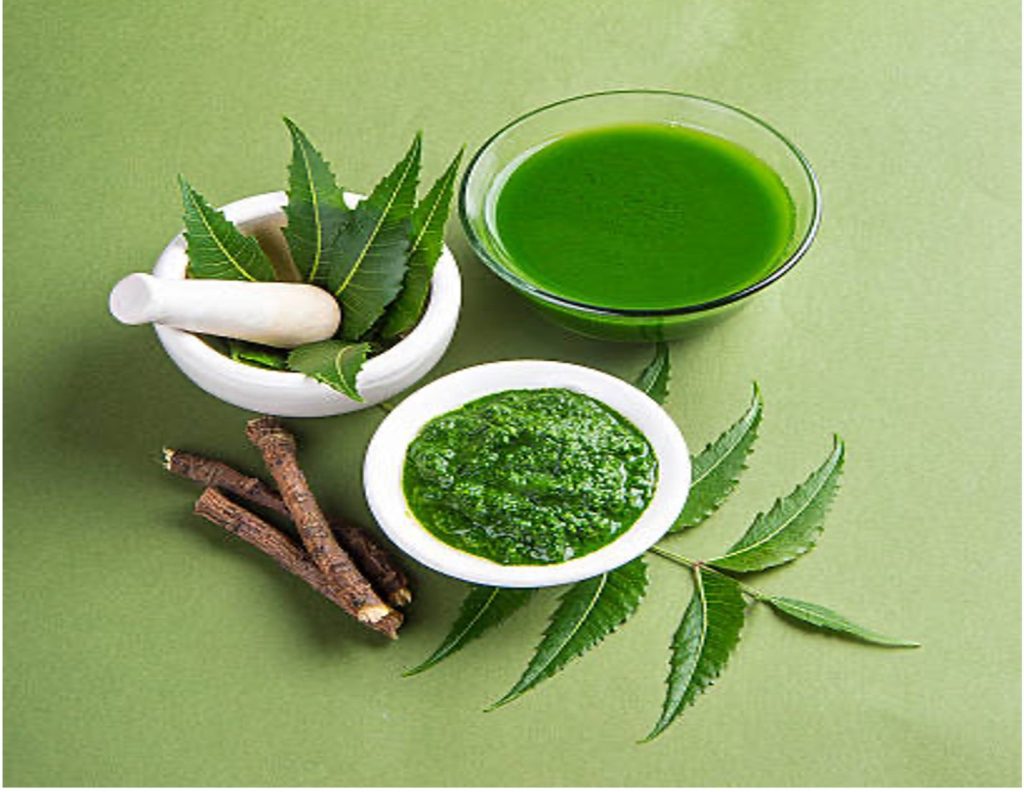
ETYMOLOGY, immediate and delayed toxicity in ethanolic extracts of O. gratissimum and A. indica at concentrations of 100-200 ppm to over 85% larval mortality have been observed within 48 hours; the activity increases with concentration and duration of exposure.
Women: Keepers of the Green Wisdom
In the quiet corners of a few obscure rural African communities, the women enter to gather leaves, sort out the roots, and grind the barks. These events do not happen in a hurry. They are measured, rhythmic, almost sacred. To an outsider, it may be. A mere domestic chore. But a whole world of knowledge, observation, and intuition lies beneath it.
These women are herbalists, midwives, and caregivers. They know which herbs to use to bring down the fever of a child caused by a mosquito bite. They also know the shrubs that prevent mosquitoes from bothering one on a mat through the night. While they may not be journaling or writing articles in journals, they carry libraries in their minds-Navigating nature’s pharmacy with almost inherited precision.
And now, with this resurgence of scientists and researchers focusing on natural avenues, little by little, these women are being recognised not just as end-users but also as emerging unofficial scientists, resilience researchers, and stewards of sustainable solutions.
The Case for Nature-Based Mosquito Control
Why now? Why return to plants when we live in a world of engineered chemicals and industrial-scale solutions?
Because the future demands it.
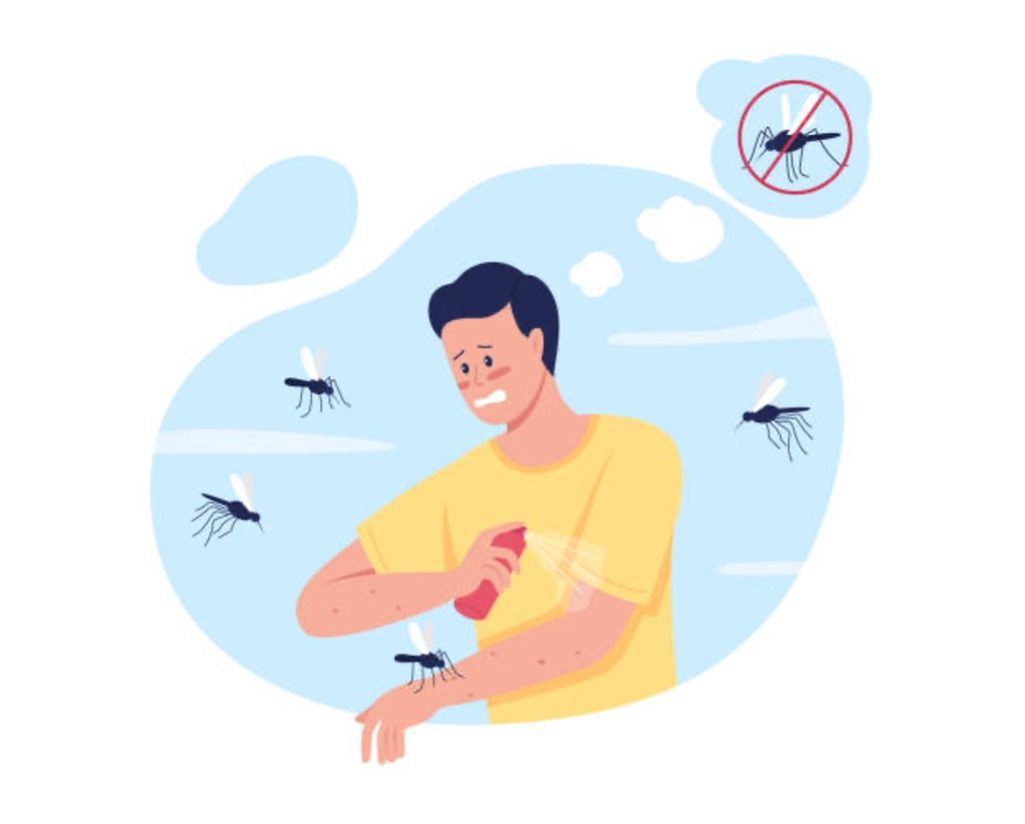
Chemical repellents tend to lose efficacy; mosquitoes get adapted to them, and then the environment suffers. But a wholly different tempo is offered by plant-based solutions. They harmonise with nature rather than fighting it. They are renewable and biodegradable and, most
importantly, they are locally accessible.
Crush leaves and add them to stagnant water. Plant or transplant mosquito-repelling shrubs around community wells. Mix simple herbal oils at home. These interventions are inexpensive; most of all, they empower—especially those communities cut off from commercial preventive tools.
In countries such as Tanzania, Ghana, and Kenya, smaller projects have begun demonstrating that plant-based larvicides can indeed reduce mosquito populations without polluting water or adversely affecting beneficial species. When community knowledge and scientifically validated information come together, a wonderful dynamic occurs from a form of respect that meets research, and tradition becomes innovation.
A Greener Path Forward
Climate change has been a new factor pushing the frontiers of mosquito-borne diseases; their spread now surpasses the boundaries of traditional tropical zones. Once acted upon, such dynamics affirm that African indigenous herbal knowledge resonates on a local level but offers an international template for environmentally aware disease management.
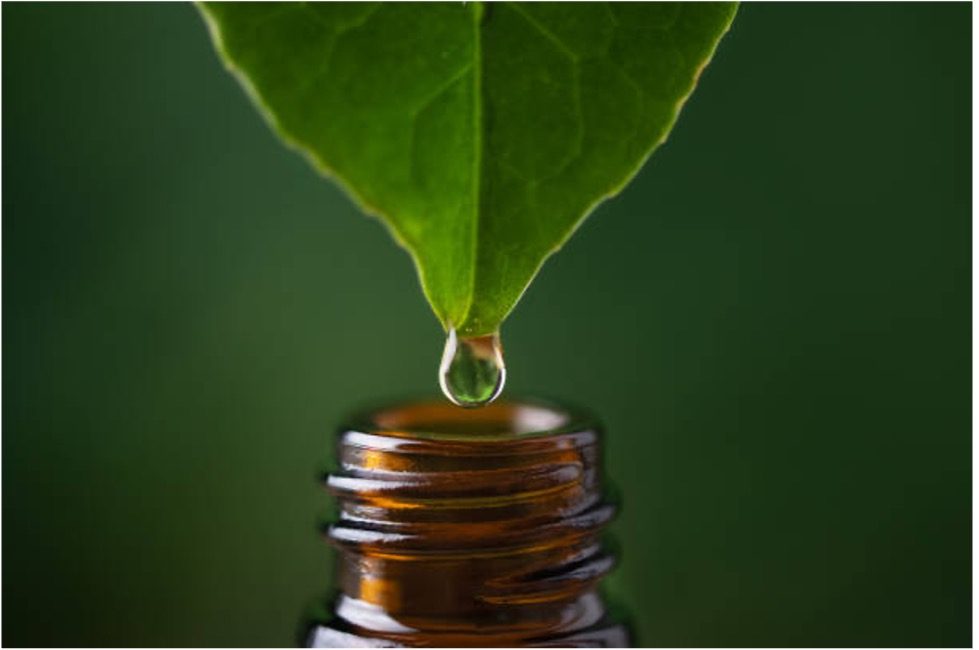
Last Glimpse Within
Not all life-saving measures come in a bottle or with the stamp of science. Some run encroached alongside a footpath, while some other types exhale their cryptic cures into the night from a clay pot. The loudest spry cure is rarely the strongest one; we remember it most.
What a blessing to exist in a world where healing can grow in silence, leaf after leaf!
There is always an option that wisdom has never been taught but is inherited instead. And where the most fragile defense that exists in leaves, smoke, or staining instructions can still stand against the harshest threats.
We do not always need to invent what already exists. We only need to recognise its worth, protect its roots, and let it breathe again.
